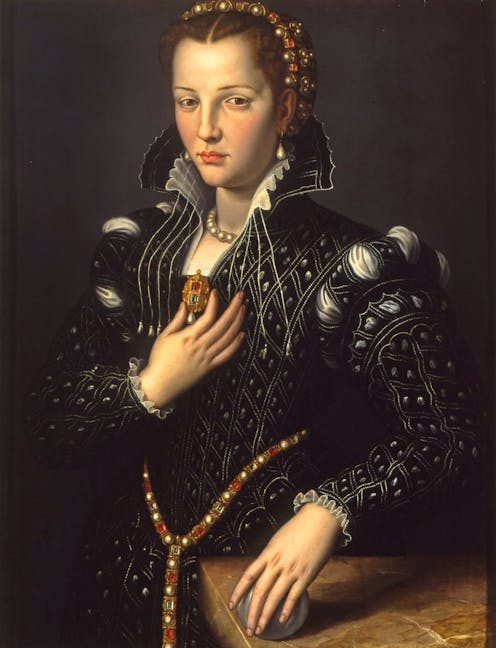In The Marriage Portrait, Maggie O'Farrell distorts the historical record to suit modern sensibilities
- Written by Jessica O'Leary, Research Fellow, Gender and Women's History Research Centre, Australian Catholic University

In her latest novel, The Marriage Portrait[1], Maggie O'Farrell takes readers to Renaissance Italy. Lush metaphors and minute description of life in ducal palaces abound in her reimagining of the life of Lucrezia de’ Medici, daughter of the Grand Duke of Florence, Cosimo I de’ Medici[2], and his Spanish wife, Eleonora di Toledo.
In 1558, Lucrezia wed Alfonso II d’Este, Duke of Ferrara[3]. It was a marriage of political convenience. Lucrezia was 13 years old. Less than three years later, she was dead. The young duchess died of tuberculosis, but rumours abounded that Alfonso had killed his wife in a fit of jealous rage.
Review: The Marriage Portrait – Maggie O'Farrell (Hachette).

















